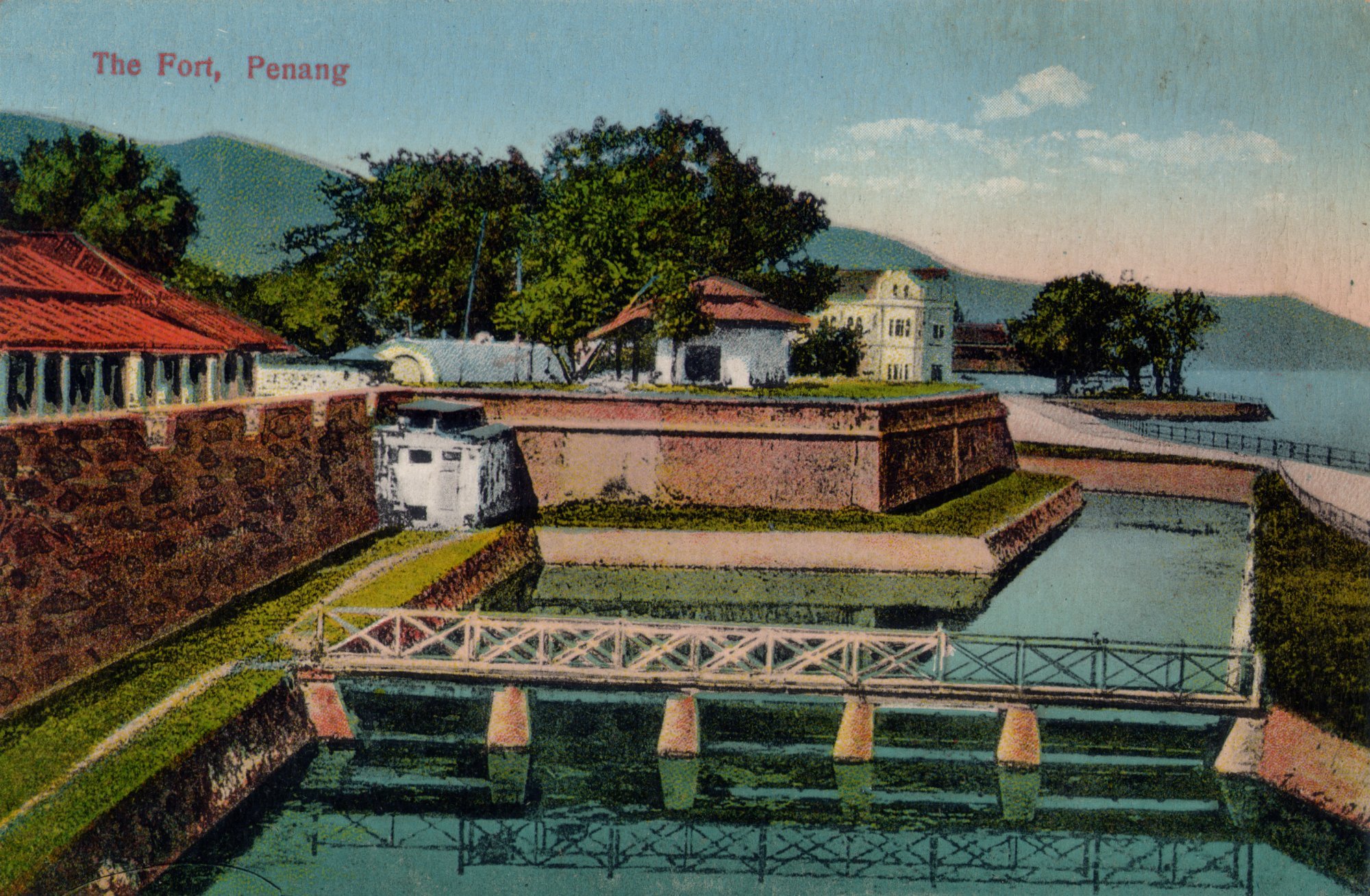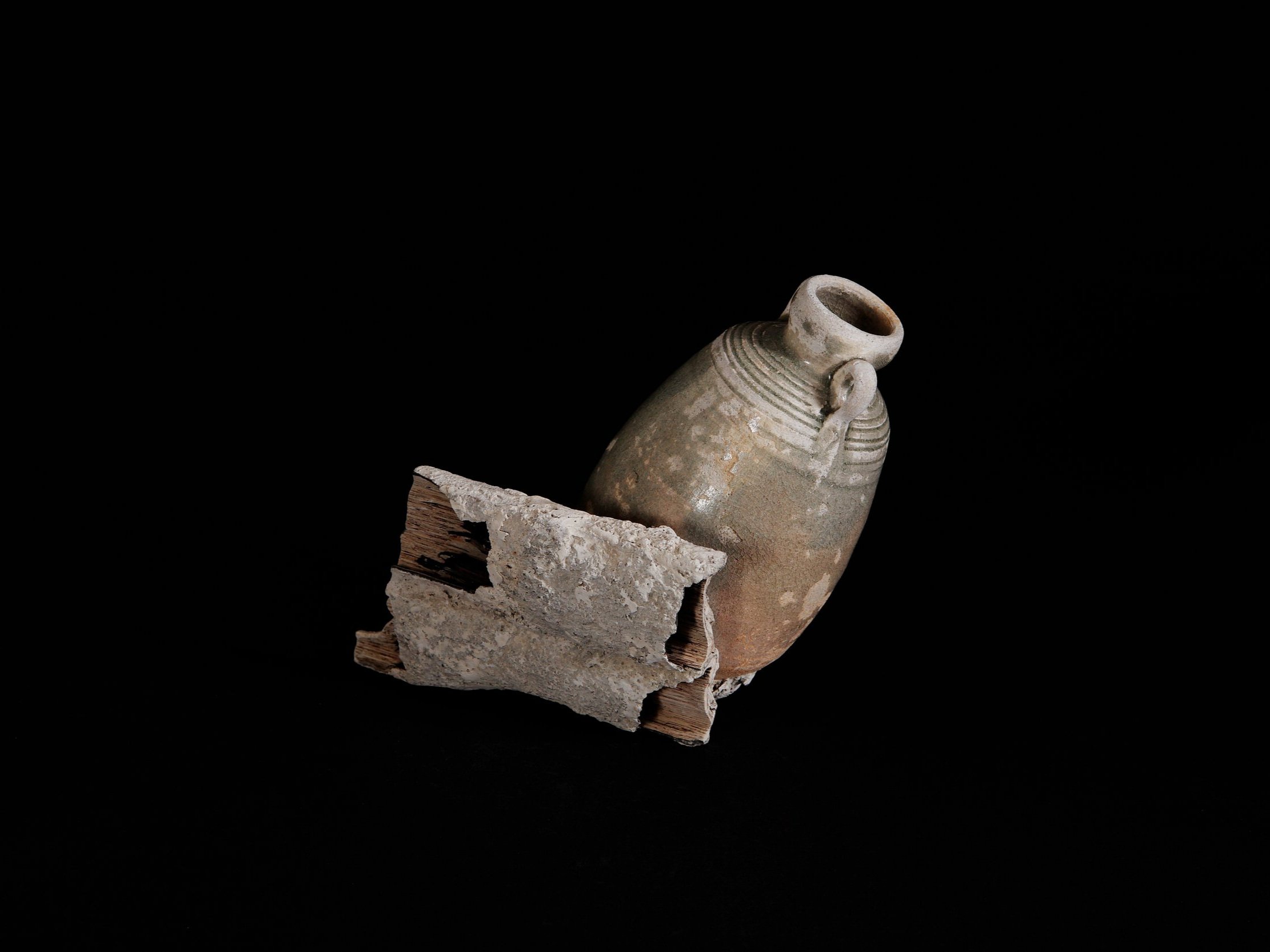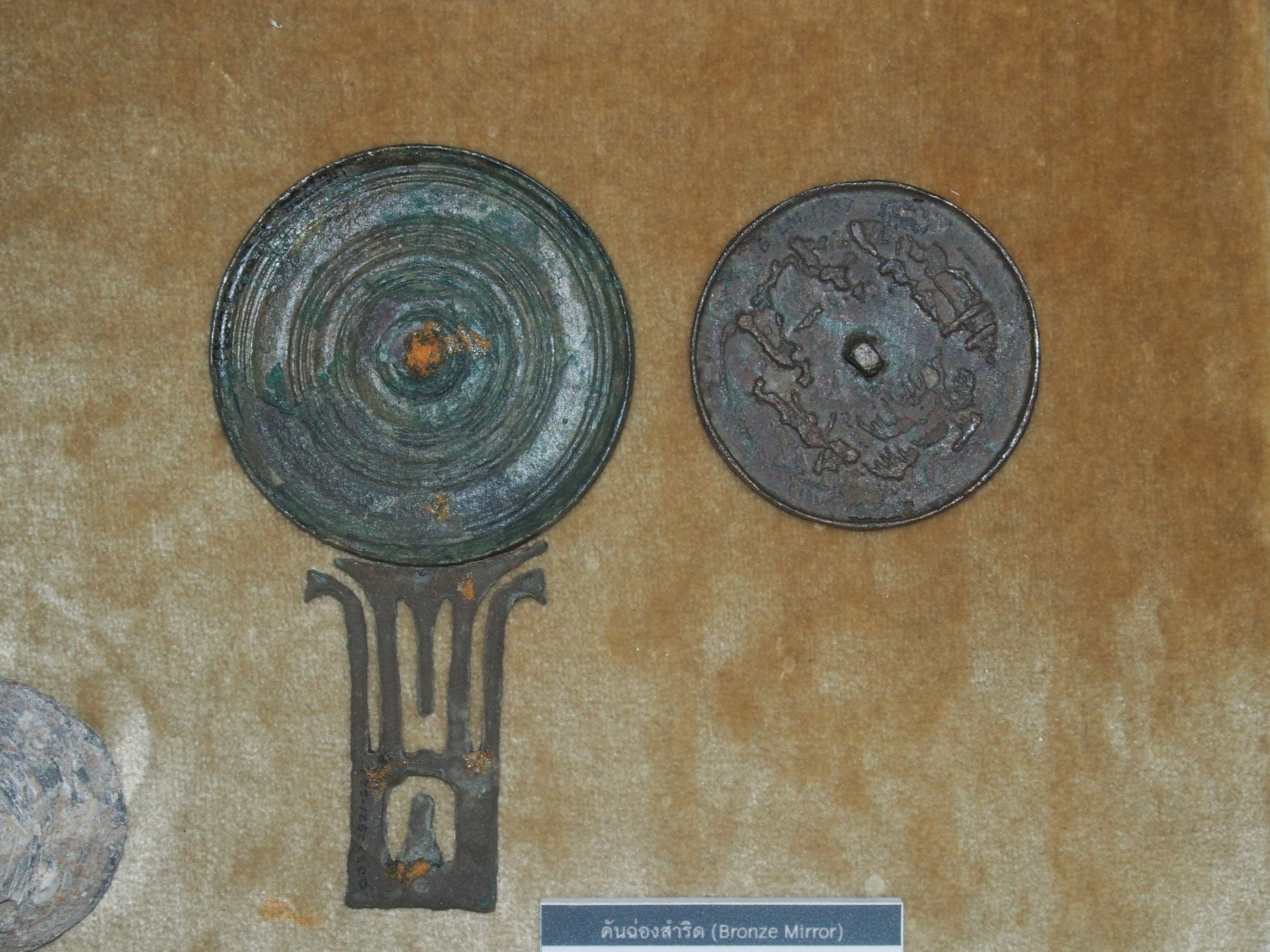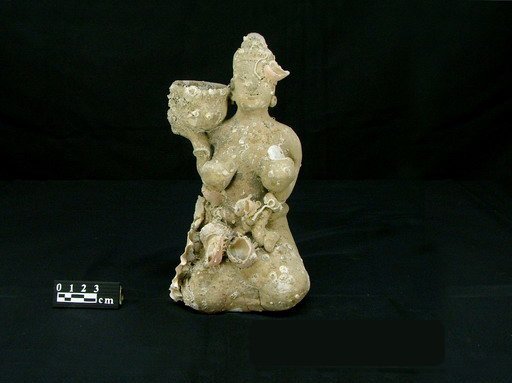
Why Maritime Southeast Asia
If we look at the world map, three regions stand out as maritime geographies, the Caribbean, Mediterranean and Southeast Asia. For the latter, only Laos is landlocked, with every other Southeast Asian nation having significant amounts of coastline. Indonesia, Philippines and Papua New Guinea are part of a small list of countries formally recognised by the United Nations as archipelagic states. Southeast Asia is also home to five major river systems, Irrawaddy, Salween, Chao Phraya, Mekong, and Red.
And yet Southeast Asia’s history has been primarily imagined and written in ways that privilege the land and terrestrial geographies. Various factors have led to this situation. Much of Southeast Asia’s ‘history’ is a product of European colonial knowledge, where the early studies made by explorers and missionaries evolved into the more established domains of history, archaeology and philology. In the age of European empire, Southeast Asia’s past was reconstructed through the intellectual frames of kingdoms, the architectural and artistic heights they reached, and the diffusion of ‘great’ religions. Civilisations were thus first and foremost understood and constructed as land-based, even if it was recognised that ideas, values and technologies travelled by river and ocean.
For a variety of practical, political and intellectual reasons, it seems as though we are more disposed to base our accounts of the past around territories, land-based regions and continents, all of which become the history of nations. It is a situation that means the links between the sea, civilisation and world history remain poorly understood, both by scholars and in the public imagination.
It thus follows that the language of cultural heritage in Southeast Asia has been weighted towards the study, preservation and exhibition of those forms of material and intangible culture associated with the land. The story of world heritage, for example, across the region has been the conservation and development of land-based environments. In the decades before and after Independence, museums were established to tell the story of the nation and the history of its people. And throughout the region, ministries of culture and tourism have developed policies and legislation for the preservation of historically significant urban and cultural ‘landscapes’. This is not to say of course that cultural histories of the sea - port cities, traditional practices and so forth - have been overlooked entirely. There are a number of port-city world heritage sites in the region. The domain of natural heritage has also led to the conservation of marine environments, in-land and coastal. However, the bias towards land-centric histories means there is a maritime deficit within the policies and institutions that have have been created to deal with cultural heritage in Southeast Asia.
This project sets out to address such issues by giving greater attention to the maritime domain:- historical events, locations, cultural traditions and practices, as well as of course the different forms of material culture associated with oceans and rivers.
This then moves beyond the popular imaginary of the ocean as a space that is neutral and decoupled from the history of dominions, territories and conflicts.
The aim is to identify themes and ideas that will help stimulate a broader discussion about the importance of promoting maritime heritage across the museum sector in Southeast Asia. In that respect, it does not set out to document details of particular archaeological sites or histories of trade and other connections. Rather, as we highlight, the goal is to raise awareness about the value and importance of developing a more coherent, ambitious and internationally collaborative approach to maritime heritage in the region.











